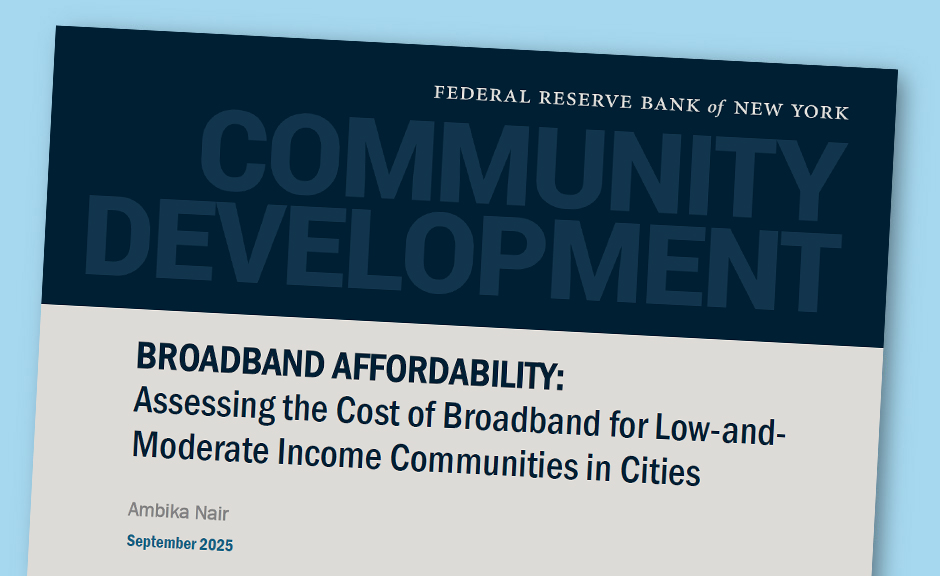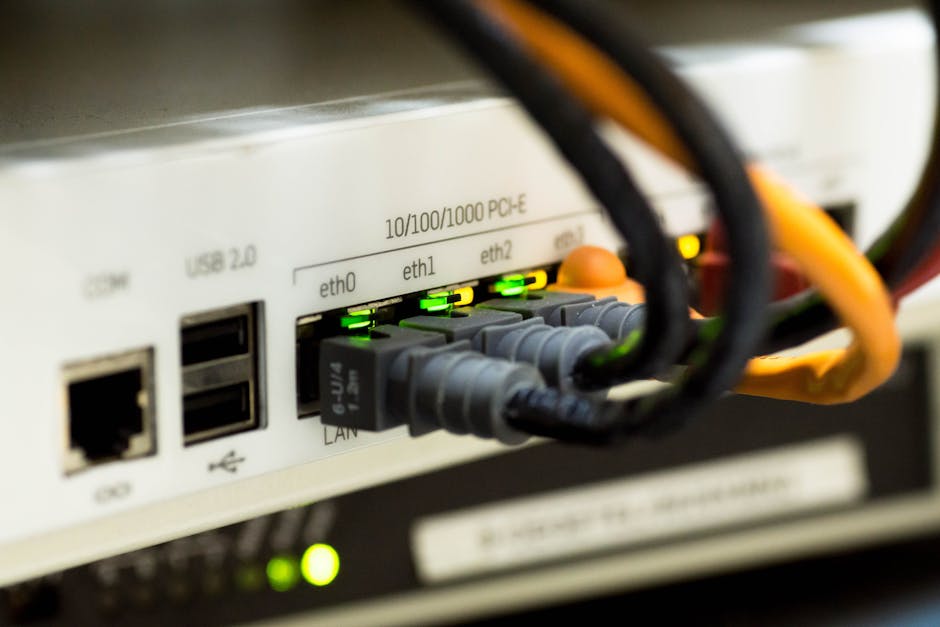Evaluating Broadband Affordability: Insights from Canada and the US

Broadband affordability has become an essential topic in today’s digital era, with connectivity being a cornerstone for access to education, work, and healthcare. Understanding what defines affordable broadband is complex, as it varies depending on context and perspective. Recently, the Federal Reserve Bank of New York released a report analyzing broadband affordability in the US, which shed light on striking disparities between income groups. This report also underscores how Canada compares favorably in many aspects of broadband affordability and adoption.
How is Broadband Affordability Measured?

Pexels
Broadband affordability isn’t a straightforward concept to define, as it can be assessed using multiple approaches. These include income-based affordability, which looks at subscription costs as a percentage of income, expense-based affordability, which considers expenses in relation to overall household spending, and finally subjective measures, which vary based on individual perceptions of affordability. For years, policymakers and economists have focused on identifying the right benchmarks to ensure equitable access to broadband services.
The Federal Communications Commission (FCC) in the US has set a benchmark of 2% of household income as a measure of broadband affordability. However, the recent findings from the New York Fed highlighted that low- and moderate-income communities are spending a significantly higher share of their income—2.43%—on broadband compared to wealthier areas at just 0.51%. These figures raise important questions about equity and access to essential communication services.
Canada’s Broadband Affordability: A Comparative Analysis

Pexels
In comparison, Canada appears to be ahead of the US in terms of broadband affordability for its residents. According to Statistics Canada, broadband costs for Canadian households have consistently remained under 2% of total expenditures even for the lowest income quintile. This expense-based metric shows that despite rising demand for faster and more robust services, affordability is within reach for the majority of Canadians. Notably, the CRTC’s Telecommunications Market Report 2025 highlights a decline in broadband prices, with gigabit services becoming 35% cheaper and 50 Mbps services seeing a 25% reduction between January 2020 and September 2024.
Additionally, more Canadian households, including those in lower income brackets, are now subscribing to broadband services for the first time. This trend contributes to an overall increase in average expenditures but reflects the growing priority households place on digital connectivity in everyday life. As affordability improves, access becomes more widespread, even among the most vulnerable communities in Canada.
The Role of Policy and Market Competition

Pexels
Public policy and market competition play a significant role in Canada’s broadband landscape. Government initiatives aiming to extend high-speed internet to underserved regions have boosted adoption rates, while market competition has driven down prices. The stark contrast between the US and Canadian broadband affordability statistics suggests that Canada’s approach to regulating telecom markets and supporting connectivity initiatives has been effective. Nevertheless, there is always room for improvement, particularly as inflation and the rising cost of living remain pressing concerns for citizens.
As the demand for faster internet continues to rise globally, maintaining affordability while ensuring robust infrastructure and service quality will remain critical. By learning from Canada’s successes and addressing its challenges, other countries can develop strategies to reduce the cost burden for low-income households and make broadband more accessible for all.




